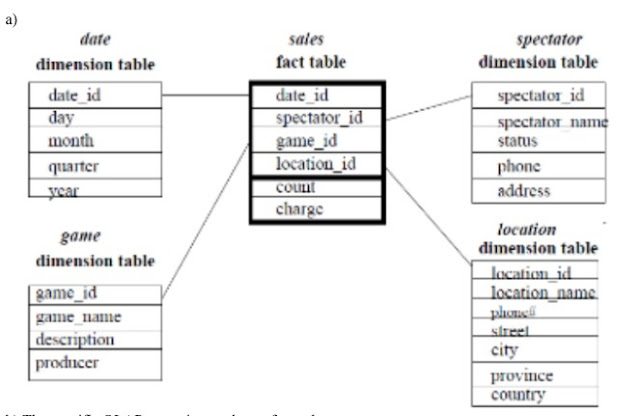When thread synchronization is necessary ? Explain with suitable example.
Java Thread synchronization is necessary when we want to allow only one thread to access the shared resource. So Synchronization in Java gives the capability to control the access of multiple threads to any shared resource.
//example of java synchronized method
class Table{
synchronized void printTable(int n){//synchronized method
for(int i=1;i<=5;i++){
System.out.println(n*i);
try{
Thread.sleep(400);
}catch(Exception e){System.out.println(e);}
}
}
}
class MyThread1 extends Thread{
Table t;
MyThread1(Table t){
this.t=t;
}
public void run(){
t.printTable(5);
}
}
class MyThread2 extends Thread{
Table t;
MyThread2(Table t){
this.t=t;
}
public void run(){
t.printTable(100);
}
}
public class TestSynChronization{
public static void main(String args[]){
Table obj = new Table();//only one object
MyThread1 t1=new MyThread1(obj);
MyThread2 t2=new MyThread2(obj);
t1.start();
t2.start();
}
}



Comments
Post a Comment